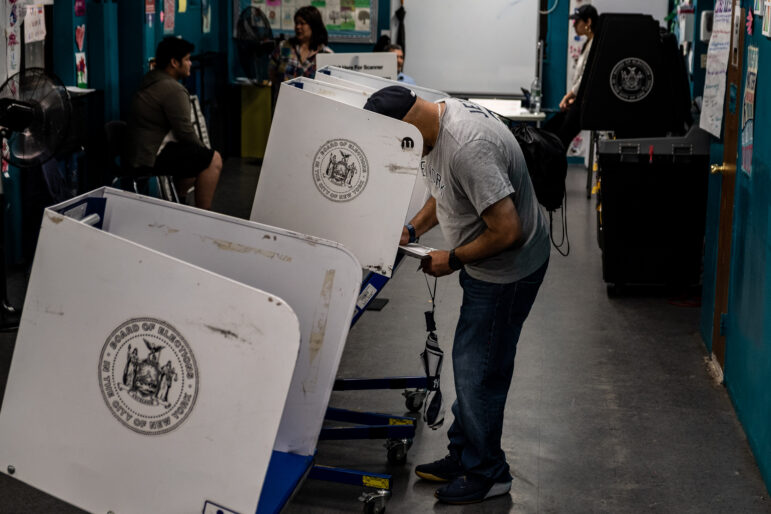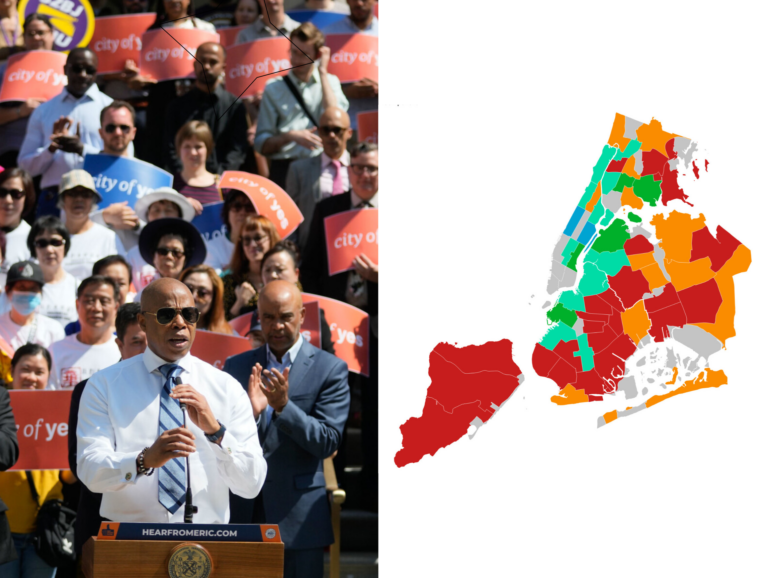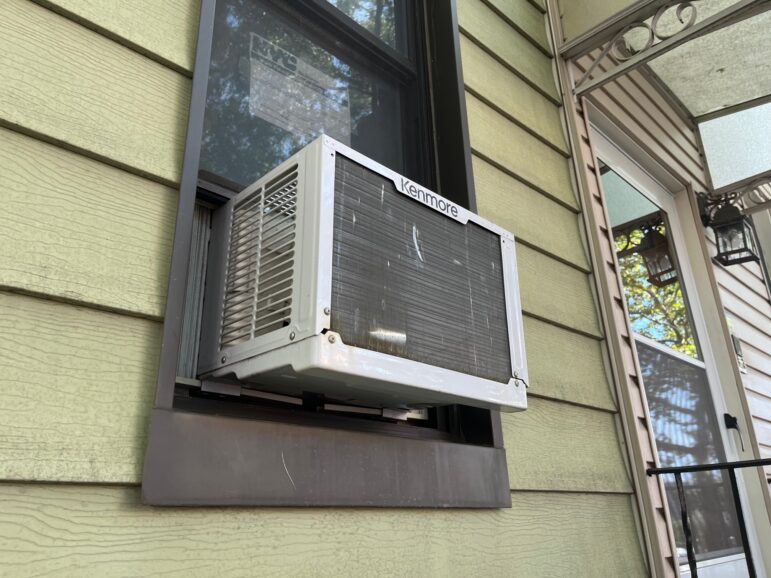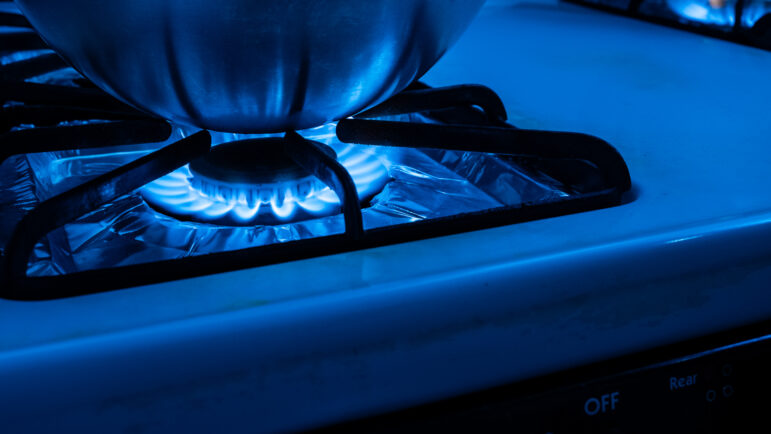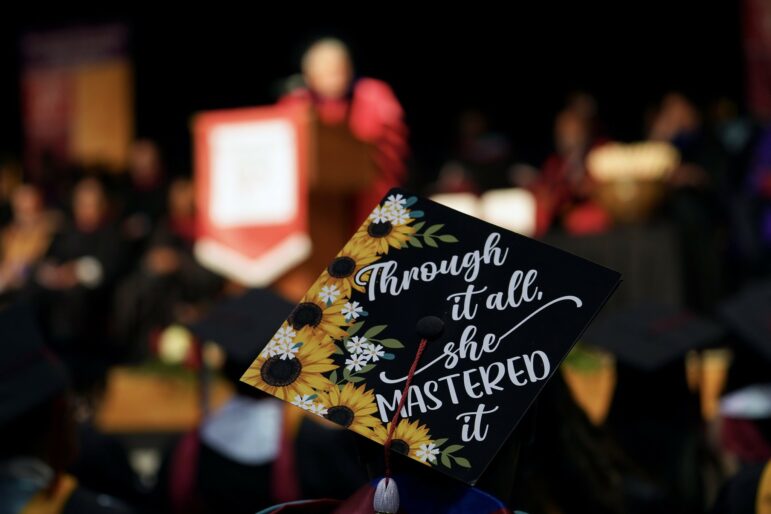When Joseph Misso first arrived in Queens in 1961, something was missing. Exiled from his native Tunisia for political reasons, he was abruptly forced to deal with a language, a culture and a climate that he didn’t understand. But within two weeks he had found a place where he could be himself, a place full of people with a common interest: the Metropolitan Oval, a soccer field in an industrial part of Maspeth, Queens.
Since then, he’s spent just about every free moment at the Metropolitan. And now he’s starting to feel patriotic about the place. “I consider the Oval to be my country,” he says. “And why not? It’s culture, it’s community, and it’s pride.”
Most Manhattanites have no idea that it even exists, but for soccer fans, the Oval is something close to sacred ground. Respectfully referred to as the Mecca, the Oval is the oldest soccer field in the nation, a perennial launching point for Olympic and World Cup stars ever since the 1930s. It’s also an unmatched hotbed of young talent, attracting coaches and scouts from all over the globe.
But the players, coaches, and fans who attend games here participate in a lot more than high-level competitions. For these contests help form a loosely organized, multiethnic social club with only one admission criterion: an exuberant interest in the world’s most popular sport.
Sandwiched between factories, an LIRR freight-train line and a string of attached row houses, the Oval–actually shaped more like a poorly drawn rhombus–is the scene of countless practices and more than 500 organized youth soccer matches a year. It is also the bridge that connects immigrants from soccer-crazy countries with their New York-born children and other native enthusiasts.
“Soccer means life,” says Haitian native Hervé Bertrand, as he rakes behind the eastern goal before his 13-year-old son, Hervé Umar, plays a game. Bertrand, like most of the parents at the Oval, volunteers his time to keep the place running. “This field is a breath of fresh air,” he says. “To have a place like this and a community this tight is very special. It’s unfortunate there aren’t more.”
“Soccer is our daily passion,” agrees 14-year-old Woodside resident Ariel Castellanos, whose parents hail from Argentina. “It’s really a way of life. My father and I always watch it in the house, and we always talk about it during meals. I love to come down here and do my best because I know I make him so proud.”
_______
Weekends at the Oval are for match play. Listening to the languages spoken then, an observer might think the Tower of Babel was nearby instead of the skyscrapers of midtown Manhattan. Adults yell words of encouragement in their native tongues to their kids–Spanish predominates, along with Italian and Eastern European languages. Small groups of mothers invent pidgin languages in order to compare notes and chat about the games. Teams travel in from Long Island or New Jersey, bringing players and parents who speak English with their own regional accents.
This is the way it’s always been, ever since the Oval was founded in 1925 by a coalition of 200 Germans and Hungarians. Despite their contentious relationship in Europe at the time, the immigrants came together in Queens to save their cherished athletic space from encroaching real-estate developers. They bought the four-acre lot in 1,500 shares and turned it into a soccer co-op.
The founders also created a club, GH Metros, to field different teams in different age groups. Other immigrants followed suit, and soon BW Gottschee, founded by descendants of people who lived in the German-speaking district of Gottschee in modern-day Slovenia, sent uniformed squads out to compete.
Overuse quickly turned the Oval into an uneven dirt field that was called “the Sandpit” for many years. (In the rainy months, it became more like a mudpit, with big puddles scattered across the field.) It was no-frills all the way–no bleachers, no water fountains, no grass, and no standing room on two sides of the field. But there was soccer, and that was enough.
Residents of the surrounding neighborhoods still describe the epic battles in the 1960s between Gottschee and a refugee squad called the New York Hungarians. More than 4,000 fans squeezed their way into each game, and the scene compared in passion and pride to the rivalry between the New York Yankees and the Brooklyn Dodgers.
Gottschee and GH Metros still survive today, but the players wearing their jerseys tend to reflect more recent immigration waves. The two superstars on last year’s Gottschee under-14 squad, for example, were Jorge Peña, whose parents are Ecuadoran, and Mohammed Mashriqi, a Muslim Arab. Other teams that call the Oval home include GJOA, which is named after a professional Norwegian team, and the Incas, whose founders were from Peru.
_______
The Oval may be a natural draw for new arrivals, but many natives are lured there as well–including the field’s savior. If it hadn’t been for Queens native James Vogt, a self-described “Oval rat,” the space would have been turned into a housing development two years ago.
In February 1998, Vogt found out that the field’s owners, mostly absentee descendants of the founders, owed the city $476,000 in back taxes. The property was about to go on the auction block, and developers were already interested.
“How do you let people take away your life?” asks Vogt, who grew up within walking distance of the field. “I just couldn’t let it go. Saving it was an obsession.”
Contacting Oval alumni, he convened a bevy of pro bono lawyers to set up the Metropolitan Oval Foundation, a nonprofit youth group that would serve as the field’s managing agent. Then he tracked down every shareholder of the site and convinced him or her to donate the plots to the foundation.
As it turns out, the Oval also had some friends in high places–like Peter Lempin, the deputy commissioner of the city’s Department of Finance. Growing up in nearby Astoria, Lempin had fond memories of playing at the Oval. He also had gloomy recollections of watching Astoria’s Eintracht Oval, where his father had been a legendary goalie, get converted into a strip mall.
So Vogt quickly recruited him to help in the fight to save the field. While Vogt concentrated on raising money, Lempin managed to keep the site out of the hands of the tax collectors.
Then Hank Steinbrecher, secretary general of the United States Soccer Federation, got involved. He, too, had learned the game at the Oval and couldn’t bear to see it lost. The USSF donated $250,000 of its profits from the 1994 World Cup to Vogt’s foundation. Nike matched the gift, and nearby Maspeth Federal Savings Bank followed suit with a low-interest $300,000 loan.
Now, the foundation has paid off almost all of its debt. There was even enough money to install FieldTurf, a state-of-the-art blend of sand and recycled rubber. For the first time in anyone’s memory, the field is soft and even–and green. Under the foundation’s management, the Oval triumphantly inaugurated the new field on the last Saturday in October, including teams fielded by Gotschee and GH Metros.
Even though it will be subjected to constant wear and tear, Vogt says the field will last for 20 years. By then, his Oval obsession may well have caught on. “I guarantee that soon we’re going to produce some absolutely top-notch world-class talent–Pelé-style,” says Vogt. “People around here breathe soccer. You can feel the passion in the air.”
Rob MacKay is a reporter/editor at the Times Newsweekly of Queens.


